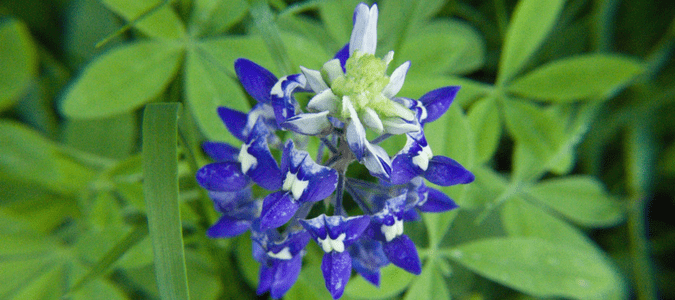
Spring is just around the corner. Many homeowners take this time of year to get your lawn ready for the growing season. We share our best tips for spring lawn preparation and a spring lawn care schedule to help showcase the beauty of your outdoor space.
Spring Lawn Care Tips
The most important part of spring lawn care is to make sure that your lawn has plenty of opportunity to come back to life gently during the early spring months. The sun and soil will do most of the work for you.
For many of the southern states, spring is a time to nurture warm-season grasses like as Zoysia, St. Augustine, centipede and Bermuda, which typically thrive in the heat and go dormant during winter.
Water Wise
Once your grass starts growing, make sure that your lawn gets at least one inch of water per week. Until then, you can water less frequently, but keep in mind that cold air may be drying to both lawns and plants. A weekly soaking allows grasses’ roots to extend deeper into the soil, while frequent, shallow waterings tend to lead to brown patch, the web of dry brown runners just above the soil. Watering deeply can also prevent chinch bugs, a pest that attaches to dried and stressed-out lawns.
Break Out the Rake
Once your lawn’s soil is dry, encourage grass growth and discourage pests and diseases by removing leaves and fallen debris and then gently raking your lawn to fluff up and separate the grass shoots. Give your yard a thorough, deep raking before you begin to mow or treat the grass.
Mark your calendar to do dethatching followed by aeration during your lawn’s peak growing season. For warm-season grasses, this means early to mid-summer. In our experience, wait until your lawn has been mowed two to three times in the season and when it is growing fast enough to recover from the aeration. Aeration pokes holes in your lawn to improve oxygen circulation and is done with a simple tool that looks like two hollow tubes attached to the end of a long handle. Dethatching is best done with a rake with hard tines.
Start Mowing
Spruce up your lawn and garden equipment, including sharpening the blade and tuning up your lawn mower, as well as other lawn equipment. Consider whether it’s better to do the mowing yourself or whether it’s worth the time and money to hire a lawn service for no hassle solution that will last the entire season.
If you decide to do it yourself, begin mowing as soon as your lawn needs it. When it comes to mowing, many gardeners agree that paying attention to grass height is important. “Most people mow their lawns way too short, which stresses out the grass,” says Paul James, host of Gardening by the Yard. “The secret,” he says, “is do less, not more.” ABC Home & Commercial Services agrees with his recommendation, which is to raise the mower to the highest possible notch so that you only mow the top third of the grass. Taller grass promotes better root development and a healthier lawn.
Weed Twice
Spring is the best time to prevent weeds. We typically use a pre-emergent weed control that prevents the weed seeds from germinating. Your first application of a pre-emergent herbicide should occur in spring in order to stop crabgrass and other weeds before they have a chance to grow. Pre-emergent herbicides work for three months on average, so plan on a second application during the summer. Using natural herbicide that derives its potency from corn gluten, salts from fatty acids or other non-chemical sources is a more earth-friendly choice and recommended.
To Seed or Not to Seed?
In the spring, gardeners have to choose between weed control and lawn seeding, since pre-emergent herbicides also prevent grass seed from sprouting. Warm-season grasses can be planted with seeds or sod when air temperatures are in the 70s, and soil temperatures are in the 60s. Late spring is the best time to plant warm-season grasses.
Preventative Pest Control
Spring is a good time to address problems with fire ants before you find them throughout your lawn and home’s exterior. Check your lawn for other troublemaking insects, too such as grubs and mole crickets that can damage a lawn in spring or summer. In addition to helping with your lawn, ABC’s highly-trained pest control experts can perform preventative pest maintenance or help once pests are established.
Fertilize
Even the healthiest lawn gets needs nurturing twice a year in the spring and fall using fertilizer. A complete fertilizer that includes micronutrients such as sulfur, copper and iron is a great “multivitamin” for a lawn. Experts also recommend an application of dolomitic lime every few years since regular watering and fertilizing may cause the soil to become acidic over time. Adding lime not only restores the soil’s pH it but also adds critical minerals like calcium and magnesium back into the soil. When it doubt, test your soil’s pH first.
When It Comes To A Healthy Lawn, ABC Is the Expert
Many homeowners trust the experts at ABC Home and Commercial Services for all of their lawn care needs, including doing the hard work of getting lawns ready for spring. ABC offers total lawn care and routine maintenance to keep your lawn looking brand new, so you can spend more time doing the things you love.
